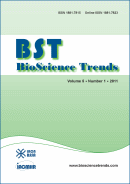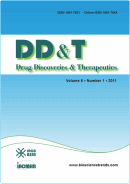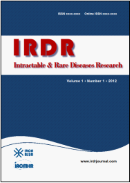Intractable Rare Dis Res. 2025;14(2):122-127. (DOI: 10.5582/irdr.2025.01007)
Evaluation of pharmacotherapy in sickle cell disease in an Afro-Colombian community: A cross-sectional analytical study in San Basilio de Palenque, Bolívar
Ahumada L, Alviz A, Gonzalez T, Gomez G
Sickle cell disease (SCD) is an orphan and extremely rare condition in Colombia and worldwide. However, a significant number of cases were identified in San Basilio de Palenque, Bolívar, enabling a pharmacotherapeutic follow-up study. This population represents a genetic bottleneck with limited admixture, making it crucial for further genetic and clinical research. Despite being largely unexplored due to lack of awareness and state neglect, SCD persists in this community. This study aimed to characterize and follow up pharmacotherapeutically on patients with SCD and traits. An observational, cross-sectional analytical study was conducted in 20 patients, assessing sociodemographic factors, pharmacotherapeutic follow-up, and pharmaceutical interventions. Results showed that 75% of patients were female, and 40% were homozygous. The most commonly used medications included folic acid, analgesics (paracetamol, tramadol, naproxen, codeine, ibuprofen, morphine), L-glutamine, and enalapril. Pain from vaso-occlusive crises and hemolytic episodes was the main reason for analgesic use. Notably, 62% of homozygous patients were not receiving baseline treatment with hydroxycarbamide, increasing their risk of complications. Addressing this gap through pharmaceutical interventions was one of the study's key contributions. In conclusion, this research highlights the need for a multidisciplinary approach to optimize treatment and improve the quality of life of affected patients. Given its genetic significance, San Basilio de Palenque represents a unique setting for further studies on SCD.







